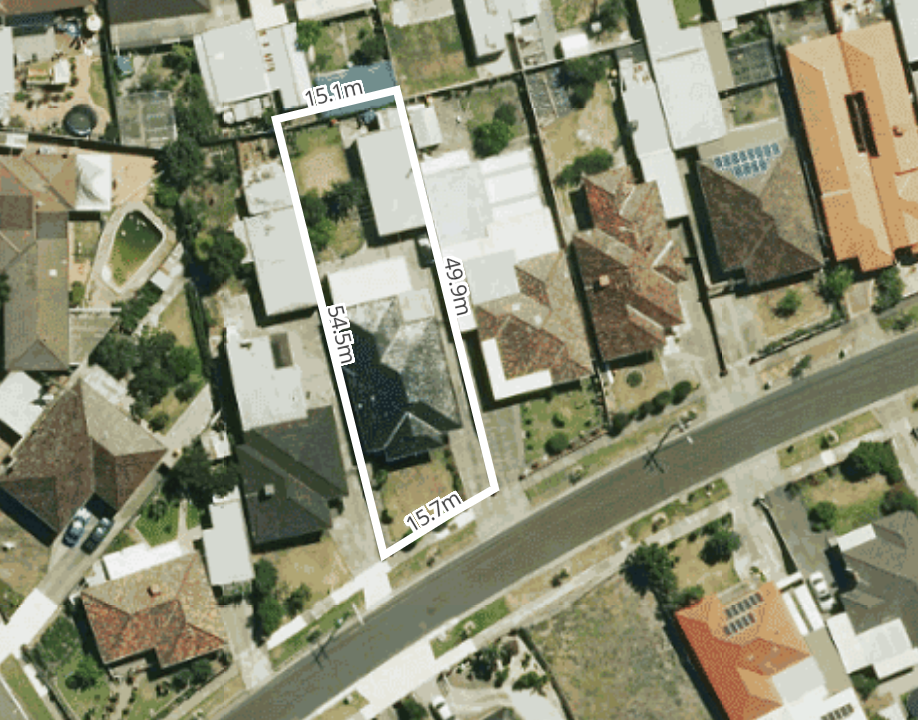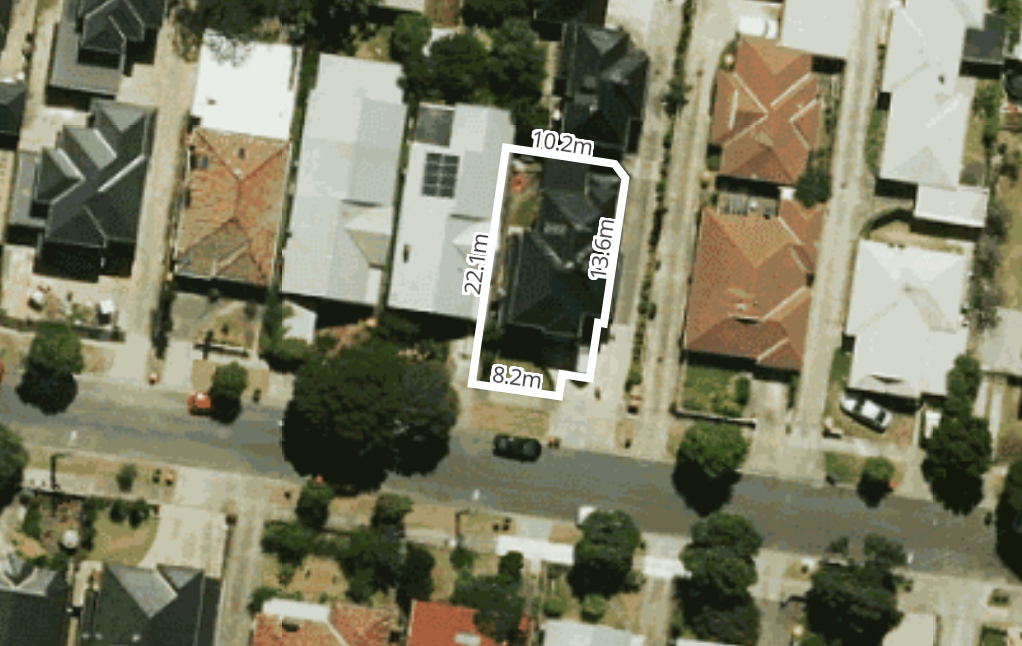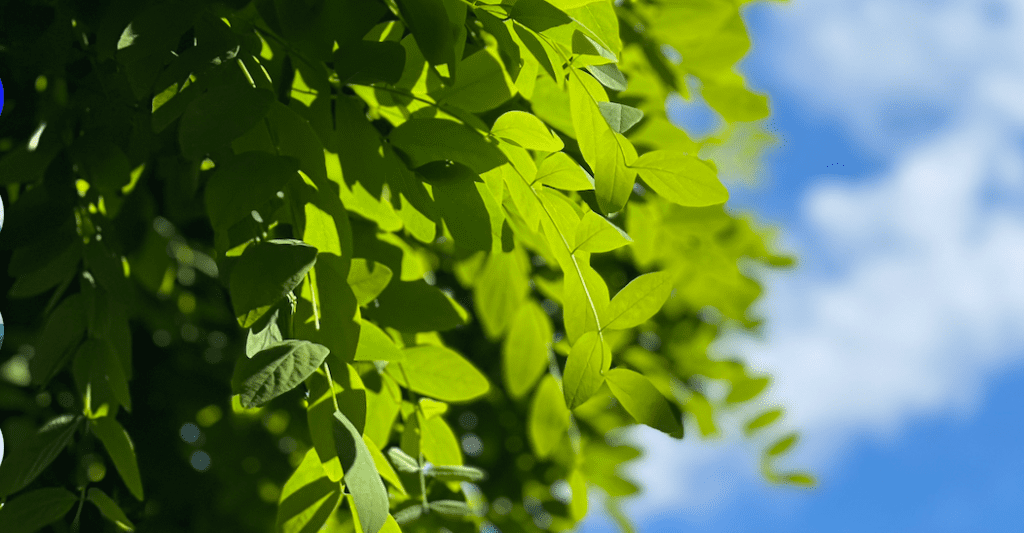We feature ratios everywhere, from science to economics, health to politics. But there are two ratios in the world of property investing that can make or break success for an investor. When scoring well, each on their own, the investor can anticipate some positive end results, but when scoring well in tandem, the investor is almost guaranteed a positive end outcome.
The first ratio is Land to Asset Ratio, and while it’s simple to explain, it’s not always easy to adhere to.
It literally means ‘the ratio of the land content to the total asset value.’ The term has a few variants, but they all refer to the value of the land when benchmarked against the value of any dwelling plus improvements on this land.
For example, if this dated dwelling in Lalor is worth $60,000 after depreciating for 45 years, and the land component is worth $540,000, the land to asset ratio will be 90%, (being the value of the land divided by the total value of the dwelling).

The house will likely require maintenance and upgrades, and the rental return could be somewhat subdued before the property is renovated, but the capital growth returns will be high as Lalor continues to deliver land value growth.
After all, buildings don’t grow in value. Land grows, while buildings depreciate.
Let’s contrast Lalor’s dated house with West Footscray’s newish townhouse on circa 240 sqm of land. The dwelling may be worth $300,000 and the land content placed at a similar price. That would put the Land to Asset Ratio at 50%. While the investor will enjoy higher rental returns, the rate of depreciation in the initial years could match the same rate of appreciation of the land component.

This new dwelling may exhibit zero net capital growth in its early years, setting the investor back somewhat with their capital growth trajectory. Depreciation benefits will be high, as will rental yield, but long-term, the same price-point house in Lalor will net the greatest returns. This is because capital growth returns in a stable, capital city suburb will represent a greater figure than the rent will, particularly longer term, as as the capital growth rate of return is compounded.
It’s fair to say that investors who manage to invest with an optimal Land to Asset Ratio in a desirable (and/or gentrifying) location will capitalise on their decision long term.
The second important ratio in the world of property investment is the Loan to Value Ratio. This ratio determines the investor’s debt-risk and potential for unencumbered ownership. The Loan to Value Ratio, (LVR) is often high at the commencement of an investor’s journey, as they usually borrow against existing (owner-occupier) debt in an effort to maximise their tax benefits via negative gearing. But as their investment acquisition rate slows (or once they are satisfied that they no longer wish to purchase more investment property), they will likely find themselves in a position where their LVR is decreasing.
For those investors who have an optimal Land to Asset Ratio and a cashflow positive rental return (something a long term, ‘buy and hold’ investor can look forward to as rents rise and finally eclipse the ongoing cost of holding the property), they will find themselves in the fortunate position of decreasing their LVR without having to make additional contributions from their savings.
This phenomenon is driven by two powerful forces working in tandem;
- Retiring debt quickly as the investor channels the excess rent(s) onto the loan(s), and
- Capital growth continuing to drive up the value of the asset(s).
These two significant ratios are vital to understand and master.
Increased Land to Asset Ratio, and decreasing the Loan to Value Ratio spells a portfolio that can be paid off and returning optimal capital growth returns.
While the two don’t grow in perfect synchronisation, rent gains broadly stay in line with capital gains long term.
So for those investors adopting a buy and hold strategy, their rental returns into retirement will also become more attractive.

REGISTER TO OUR NEWSLETTER
INFORMATION
CONTACT US
1A/58 ANDERSON STREET,
YARRAVILLE VIC 3013
0422 638 362
03 7000 6026
CATE@CATEBAKOS.COM.AU
